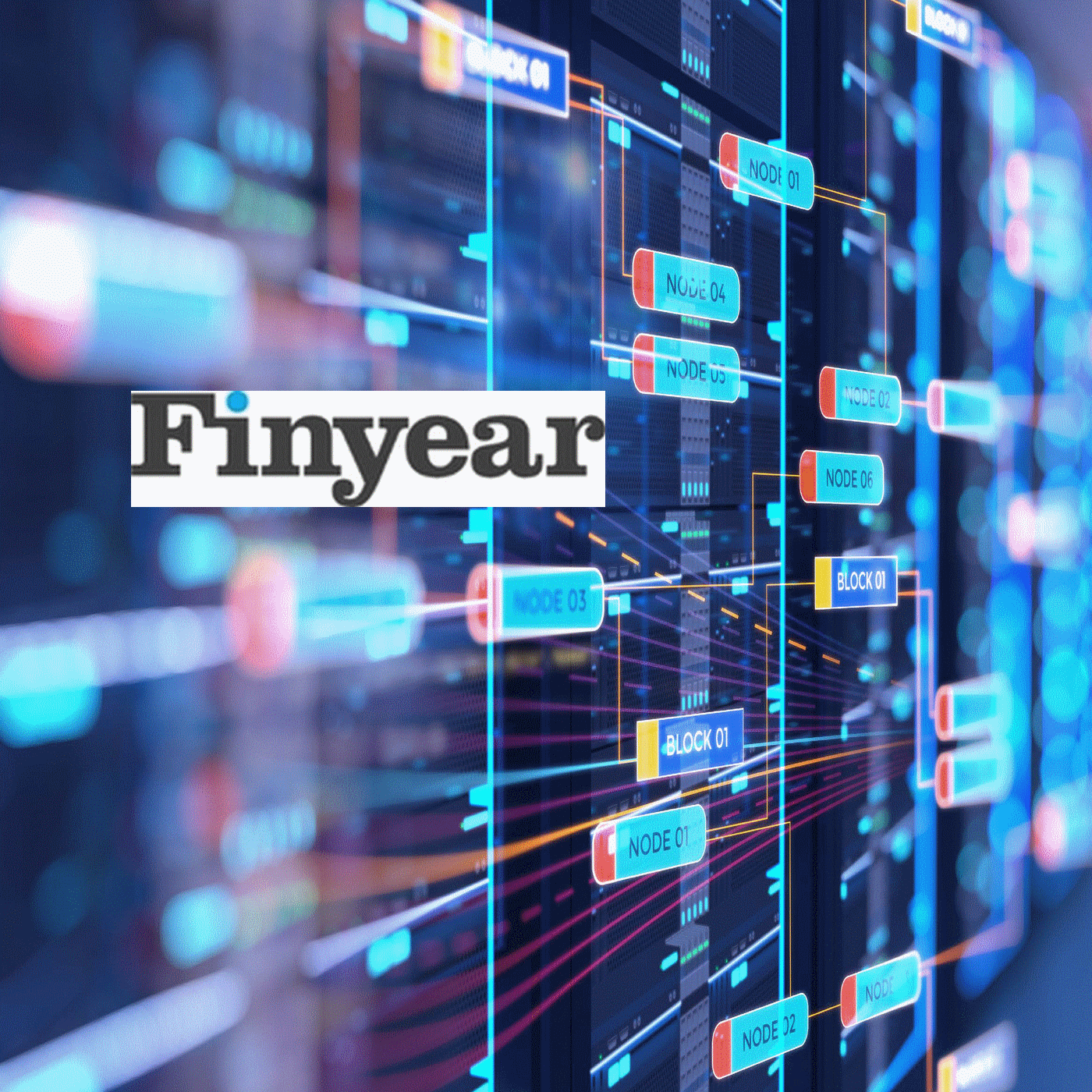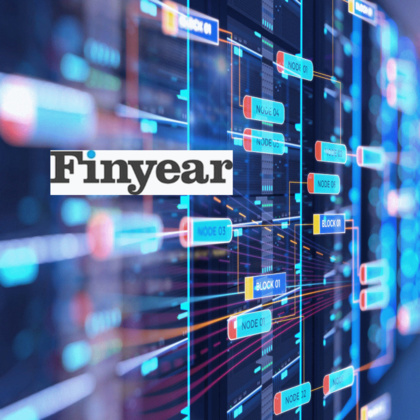• A suite of sidechains adding new blockchain capabilities is coming to the top-ten green blockchain platform, Cardano
• The first solution to launch will allow Solidity developers to port their projects from Ethereum to Cardano
• Sidechains add new features to blockchain platforms without introducing additional security risks to the main network.
The Ethereum Virtual Machine (EVM) is the virtual computer system at the heart of the Ethereum blockchain’s operating structure. Solidity developers will be able to bring their existing Ethereum applications to an EVM-compatible sidechain that supports all the EVM tools and frameworks they currently use on the Ethereum network. This platform will make it easy for Solidity developers to build applications in an environment with all of the aspects they love about Ethereum and all of the aspects they would like access to on Cardano. The list includes a proof-of-stake network backed by peer-reviewed research and high levels of decentralization.
Sidechains – separate blockchains connected to the main blockchain network – allow developers to bring new features to blockchain platforms. The new offering from Input Output Global (IOG), one of the systems companies behind Cardano, will introduce a new suite of Cardano sidechains. Sidechains enhance programmability (the ability for developers to have more control over the types of solutions they can build), scalability (the ability of a blockchain to grow with its user base), and interoperability (the ability of different blockchain networks to connect) within the blockchain space.
The first step on this journey is the EVM Sidechain alpha release. The currently private testing environment will move to an alpha release, permissioned testnet stage at Consensus this year, where people can start building on the sidechain. Once the bridging mechanism is fully developed, users will be able to securely send assets between the EVM Sidechain and the Cardano mainnet. The full capabilities of the sidechain will be developed over the coming year, with mainnet deployment set to launch in 2023.
Over time, as more users adopt blockchain technology, we will need more specialized sidechains designed to address specific use cases. In the future, we can expect to see a specialized sidechain for decentralized AI, identity, governance, or even a dedicated metaverse sidechain. Once the EVM Sidechain is fully developed, blockchain developers will have the ability to use the EVM Sidechain as a framework to create their own Cardano sidechain.
Dynal Patel, CPO of Input Output, said: “Developers have been waiting for a way to move seamlessly between blockchain platforms for some time. Sidechains are the way to do this. At IO we want to give developers the best tools to take advantage of blockchain, no matter their background in the space. Sidechains enable us to expand the Cardano feature set for niche applications and provide a testing ground for new capabilities for developers. The EVM Sidechain will let the Cardano community benefit from the billions of dollars of investment that have built the Ethereum ecosystem, with ADA holders able to participate in securing these satellite ecosystems.”
To register your interest in being one of those on the testnet for the EVM Sidechain, follow the link here https://alpha-evm-sidechain.iohk.io/
Interoperability is crucial for the adoption of blockchain technology. Rather than having one blockchain looking to be dominant, giving developers the tools to use as many platforms as possible will allow more people than ever to benefit from the advantages of these technologies. Sidechains allow incompatible networks to interact with each other more seamlessly, letting developers use as many platforms as possible and work towards an ‘internet of blockchains’. Developers can also build sidechains to target specific problems or projects. For instance, sidechains could be created specifically to address decentralized AI or NFTs in the metaverse.
Sidechains also let users add new features to a network without introducing additional security risks to the mainnet. Additions to the main network that are not tested in the market can be unreliable or insecure, leaving the networks vulnerable, as seen with the attack on Polygon in 2021. Offloading these features onto a sidechain helps prevent this.
About Input Output Global
Input Output Global is an R&D and product engineering company committed to using peer-to-peer innovations to provide 21st-century services to the 3bn who don’t have them.
We build blockchain-based products for governments, corporations, and academic institutions and upskill people across the world, empowering them to solve the most pressing problems faced by people in their countries.
We have core beliefs in decentralization and the right to privacy and stand opposed to centralized control and bureaucracy.
• The first solution to launch will allow Solidity developers to port their projects from Ethereum to Cardano
• Sidechains add new features to blockchain platforms without introducing additional security risks to the main network.
The Ethereum Virtual Machine (EVM) is the virtual computer system at the heart of the Ethereum blockchain’s operating structure. Solidity developers will be able to bring their existing Ethereum applications to an EVM-compatible sidechain that supports all the EVM tools and frameworks they currently use on the Ethereum network. This platform will make it easy for Solidity developers to build applications in an environment with all of the aspects they love about Ethereum and all of the aspects they would like access to on Cardano. The list includes a proof-of-stake network backed by peer-reviewed research and high levels of decentralization.
Sidechains – separate blockchains connected to the main blockchain network – allow developers to bring new features to blockchain platforms. The new offering from Input Output Global (IOG), one of the systems companies behind Cardano, will introduce a new suite of Cardano sidechains. Sidechains enhance programmability (the ability for developers to have more control over the types of solutions they can build), scalability (the ability of a blockchain to grow with its user base), and interoperability (the ability of different blockchain networks to connect) within the blockchain space.
The first step on this journey is the EVM Sidechain alpha release. The currently private testing environment will move to an alpha release, permissioned testnet stage at Consensus this year, where people can start building on the sidechain. Once the bridging mechanism is fully developed, users will be able to securely send assets between the EVM Sidechain and the Cardano mainnet. The full capabilities of the sidechain will be developed over the coming year, with mainnet deployment set to launch in 2023.
Over time, as more users adopt blockchain technology, we will need more specialized sidechains designed to address specific use cases. In the future, we can expect to see a specialized sidechain for decentralized AI, identity, governance, or even a dedicated metaverse sidechain. Once the EVM Sidechain is fully developed, blockchain developers will have the ability to use the EVM Sidechain as a framework to create their own Cardano sidechain.
Dynal Patel, CPO of Input Output, said: “Developers have been waiting for a way to move seamlessly between blockchain platforms for some time. Sidechains are the way to do this. At IO we want to give developers the best tools to take advantage of blockchain, no matter their background in the space. Sidechains enable us to expand the Cardano feature set for niche applications and provide a testing ground for new capabilities for developers. The EVM Sidechain will let the Cardano community benefit from the billions of dollars of investment that have built the Ethereum ecosystem, with ADA holders able to participate in securing these satellite ecosystems.”
To register your interest in being one of those on the testnet for the EVM Sidechain, follow the link here https://alpha-evm-sidechain.iohk.io/
Interoperability is crucial for the adoption of blockchain technology. Rather than having one blockchain looking to be dominant, giving developers the tools to use as many platforms as possible will allow more people than ever to benefit from the advantages of these technologies. Sidechains allow incompatible networks to interact with each other more seamlessly, letting developers use as many platforms as possible and work towards an ‘internet of blockchains’. Developers can also build sidechains to target specific problems or projects. For instance, sidechains could be created specifically to address decentralized AI or NFTs in the metaverse.
Sidechains also let users add new features to a network without introducing additional security risks to the mainnet. Additions to the main network that are not tested in the market can be unreliable or insecure, leaving the networks vulnerable, as seen with the attack on Polygon in 2021. Offloading these features onto a sidechain helps prevent this.
About Input Output Global
Input Output Global is an R&D and product engineering company committed to using peer-to-peer innovations to provide 21st-century services to the 3bn who don’t have them.
We build blockchain-based products for governments, corporations, and academic institutions and upskill people across the world, empowering them to solve the most pressing problems faced by people in their countries.
We have core beliefs in decentralization and the right to privacy and stand opposed to centralized control and bureaucracy.
------------------------------------------------------------------------
Disclaimer: The text above is a press release that was not written by Finyear.com.
The issuer is solely responsible for the content of this announcement.
Avertissement : Le texte ci-dessus est un communiqué de presse qui n'a pas été rédigé par Finyear.com.
L'émetteur est seul responsable du contenu de cette annonce.
Disclaimer: The text above is a press release that was not written by Finyear.com.
The issuer is solely responsible for the content of this announcement.
Avertissement : Le texte ci-dessus est un communiqué de presse qui n'a pas été rédigé par Finyear.com.
L'émetteur est seul responsable du contenu de cette annonce.
Autres articles
-
Visa finalise l'acquisition de Featurespace
-
Tether investit dans StablR pour promouvoir l'adoption du stablecoin en Europe
-
Chainalysis acquiert Hexagate, fournisseur de solutions de sécurité WEB3
-
Nomination | Esker annonce la nomination de Dan Reeve en tant que membre du Comité Exécutif
-
Un montant de 1,8 million de dollars levé - La nouvelle ICO de Dogizen étonne les experts avec une approche inédite au monde






